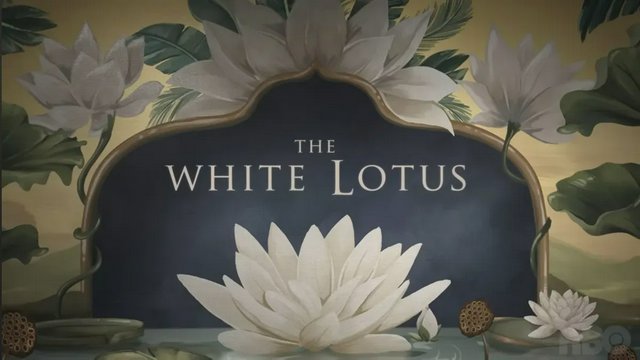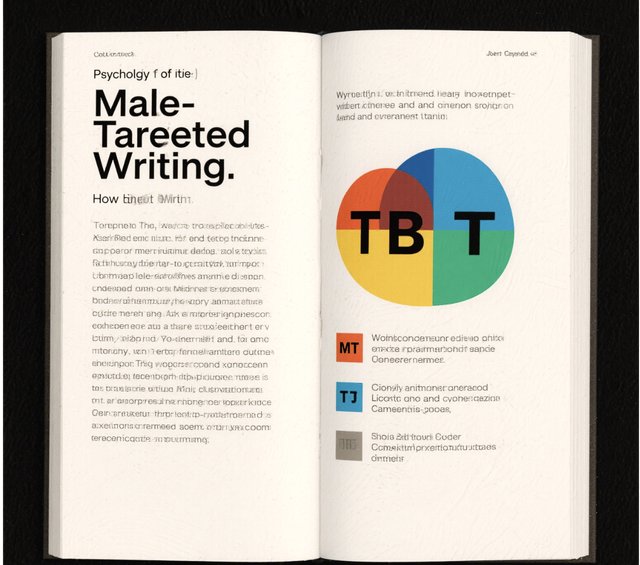Why Does Your MBTI Type Change? Understanding the Influencing Factors and Commonly Affected Dimensions

Why Does Your MBTI Type Change? The Myers-Briggs Type Indicator (MBTI) is widely used in psychology and self-awareness fields to help us understand our personality tendencies and behavioral patterns. However, many people notice that their MBTI type changes when they take the test at different points in time. So, why do MBTI types change?
The MBTI test is based on four dimensions of preference, each representing different behavioral patterns and ways of thinking. Throughout life, these preferences may shift due to changes in our environment, accumulation of life experiences, and increased self-awareness. Therefore, MBTI types are not static; they can evolve as individuals grow and change.
Why Do MBTI Test Results Change? Increased Self-Awareness: As time passes, individuals may gain a deeper understanding of themselves. During different stages of life, people may become more aware of their true preferences, which can lead to changes in MBTI results. For instance, a person who was more extraverted in youth might develop introverted tendencies as they grow older and gain more inner self-awareness.
Life Experiences: Changes in work, family, education, and other life circumstances can significantly impact one’s MBTI type. For example, switching careers might lead to changes in behavior patterns, resulting in a shift in preferences. Extended periods of high-pressure work may cause someone to transition from feeling more emotional (F) to more logical (T).
Contextual and Environmental Changes: MBTI types may also vary depending on the situation. For instance, during important decision-making processes, some people may act more rational and organized (J), whereas in more flexible, uncertain situations, they may show a more adaptable and spontaneous side (P).
Which MBTI Preferences are Most Likely to Change? Extraversion (E) vs. Introversion (I) The Extraversion vs. Introversion dimension is one of the most commonly affected by change. Many people are more extraverted in their younger years, enjoying social interactions and novelty, but as they age or experience lifestyle changes, they may become more introverted, preferring solitude or deeper reflection. Life pace, work pressure, and social relationships can all influence this preference.
Sensing (S) vs. Intuition (N) The Sensing vs. Intuition dimension reflects how individuals focus on the world. In youth, people may focus more on concrete, practical details (Sensing). As they gain experience and develop, they may begin to focus more on abstract concepts and future possibilities (Intuition). For example, someone working in a creative field may naturally lean toward Intuition.
Thinking (T) vs. Feeling (F) The Thinking vs. Feeling dimension is closely related to how individuals make decisions. Some people may be more logical and analytical (T) when they’re younger, but as they accumulate emotional experiences, they may rely more on feelings (F) to make decisions, particularly in personal relationships and family matters.
Judging (J) vs. Perceiving (P) The Judging vs. Perceiving preference is typically more stable, though still subject to change. Some individuals may initially prefer structure and planning (Judging), but over time, they may become more flexible and adaptable (Perceiving). Life pressures and challenges can also make someone shift from a “Judging” type to a “Perceiving” type.




